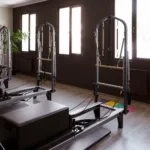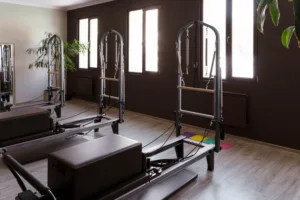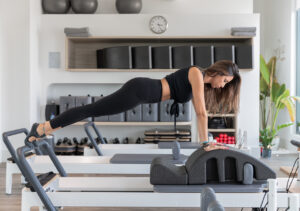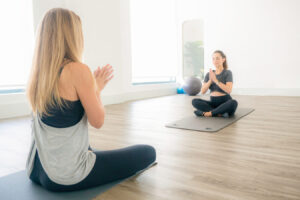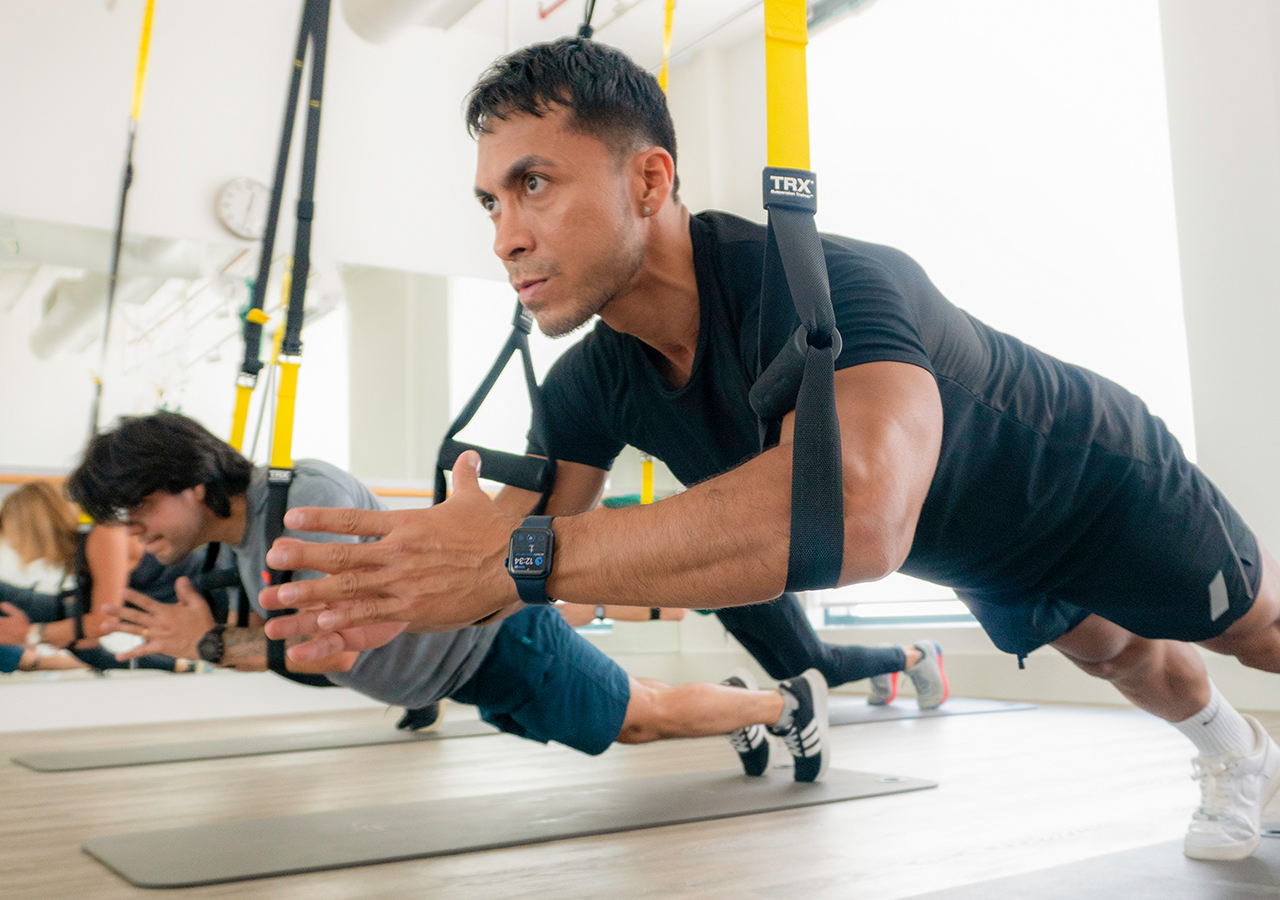
TRX Flow Suspension Training is one of the most versatile fitness methods for building overall strength, improving balance, and enhancing flexibility.
Unlike traditional gym workouts that rely on machines or heavy weights, TRX training uses suspension straps and your own bodyweight to create resistance. This makes it suitable for beginners, athletes, and anyone looking for a safe, effective, and functional workout.
The beauty of TRX lies in its adaptability. By simply changing your body angle, you can adjust the level of difficulty, making the same exercise accessible for both beginners and advanced trainees.
Whether your goal is to strengthen your core, improve posture, or increase mobility, TRX flow sessions provide a total-body workout that challenges you in new ways.
Why Choose TRX Flow Suspension Training?
TRX training is not just another workout trend; it’s a proven system designed by Navy SEALs to help people train anytime, anywhere. The suspension straps allow you to work multiple muscle groups at once, which means you build strength, stability, and flexibility simultaneously.
Key reasons why TRX is effective:
- Low-impact yet high intensity – Safe for joints but still challenging.
- Portable and adaptable – Can be set up indoors or outdoors.
- Functional training – Mimics real-life movement patterns, making your body stronger for daily tasks.
How TRX Training Improves Strength
Strength training is often associated with lifting heavy weights, but TRX training proves that bodyweight resistance can be just as powerful.
- Engages multiple muscles at once – In TRX squats, rows, and presses, your core and stabilizers remain active while you target larger muscles.
- Adjustable resistance – Simply moving closer or farther from the anchor point changes intensity, allowing progression over time.
- Strength through range of motion – Unlike machines, TRX exercises build strength in natural movement patterns, making your body stronger in everyday activities.
Example Exercise: TRX Chest Press – Works your chest, shoulders, triceps, and core while improving stability.
How TRX Training Improves Balance
Balance is crucial for overall health, athletic performance, and injury prevention. TRX suspension exercises challenge your balance in every move because the straps are unstable by design.
- Engages stabilizer muscles – Your core, hips, and ankles constantly work to keep you steady.
- Improves coordination – Performing exercises like single-leg squats or lunges with TRX enhances neuromuscular control.
- Functional carryover – Better balance means improved performance in sports, yoga, Pilates, and daily movements like walking up stairs.
Example Exercise: TRX Single-Leg Lunge – Strengthens your legs while training balance and coordination.
How TRX Training Improves Flexibility
Flexibility is often overlooked, but it’s just as important as strength. TRX straps make stretching and mobility work more effective by supporting your bodyweight and guiding you into deeper, safer positions.
- Assisted stretching – TRX straps provide support, making it easier to maintain proper alignment while stretching.
- Dynamic flexibility – Many TRX exercises involve moving through full ranges of motion, which improves mobility and prevents stiffness.
- Postural benefits – TRX opens up tight shoulders, hips, and hamstrings, helping to counteract the effects of sitting and poor posture.
Example Exercise: TRX Hamstring Stretch – Provides support while lengthening tight muscles safely.
A Beginner-Friendly TRX Flow Routine
Here’s a short routine to experience how TRX training improves strength, balance, and flexibility in just 15 minutes:
- TRX Squats (2 minutes)
Build lower body strength while engaging the core for stability.
- TRX Rows (2 minutes)
Strengthen the back and arms while improving posture.
- TRX Plank with Knee Tucks (2 minutes)
A challenging move that targets core strength and stability.
- TRX Single-Leg Balance Reach (2 minutes per side)
Improves balance, coordination, and lower-body strength.
- TRX Chest Opener Stretch (3 minutes)
Lengthens tight chest and shoulder muscles for better flexibility.
Perform these exercises slowly and with control, focusing on form and breathing.
Benefits of TRX Flow Suspension Training Beyond Fitness
In addition to strength, balance, and flexibility, TRX training offers lifestyle benefits that make it a great long-term choice:
- Time-efficient workouts – You can get a full-body workout in just 20–30 minutes.
- Scalable for all levels – From beginners to elite athletes, TRX can be adapted for any fitness stage.
- Improves body awareness – Because every movement requires focus, TRX sharpens the connection between mind and body.
- Supports weight management – As a full-body workout, TRX burns calories efficiently while toning muscles.
Who Should Try TRX Training?
The answer is simple: almost everyone. TRX Flow Suspension Training is perfect for:
- Beginners who want a safe, guided way to build strength.
- Athletes looking to improve balance, coordination, and agility.
- Professionals with busy schedules who need efficient workouts.
- Older adults seeking low-impact exercises to improve mobility and prevent falls.
Since TRX can be adjusted for different levels, it’s inclusive and effective for all age groups and fitness backgrounds.
Take Your Fitness to the Next Level with TRX
TRX Flow Suspension Training is more than just exercise; it’s a complete fitness system that builds strength, balance, and flexibility in one session. With regular practice, you’ll notice stronger muscles, better posture, improved coordination, and greater freedom of movement.
Ready to experience the benefits of TRX for yourself? Join TRX Flow Classes at Level Up Pilates and train with expert instructors who will guide you every step of the way.

